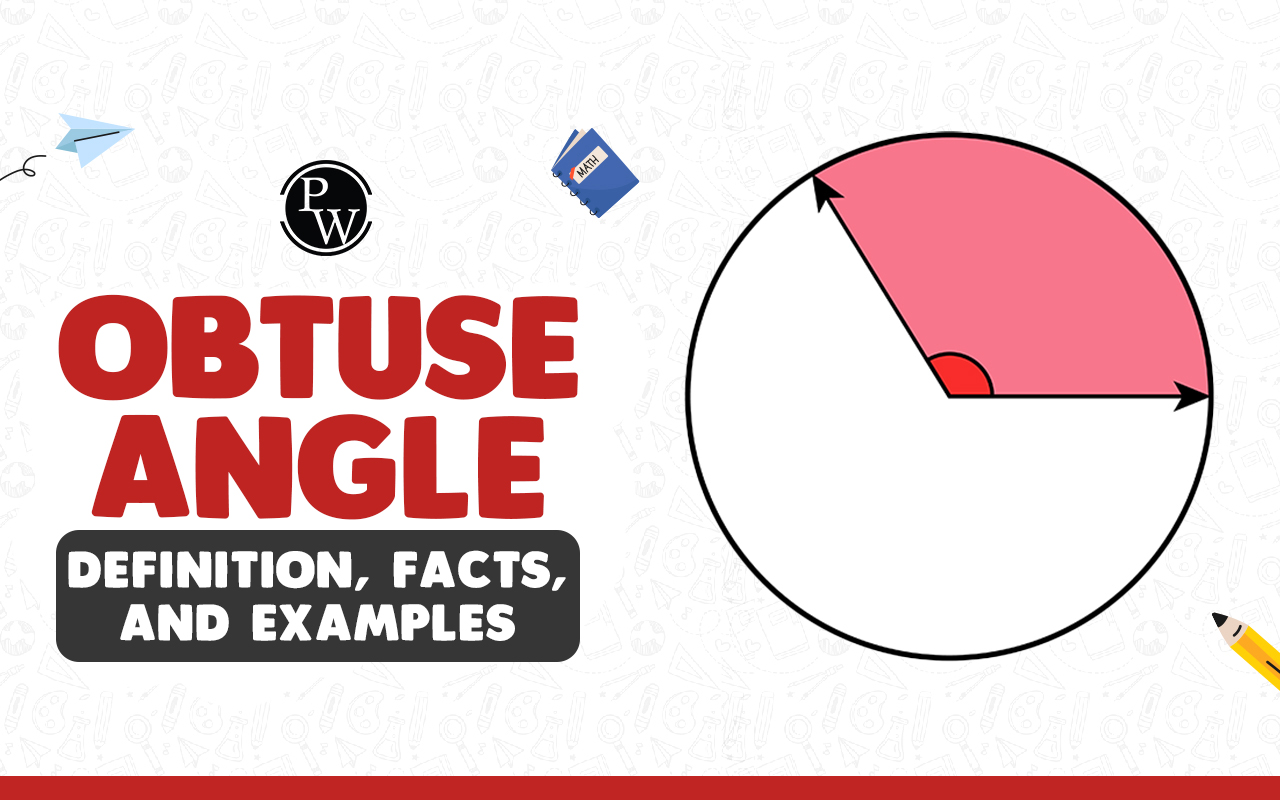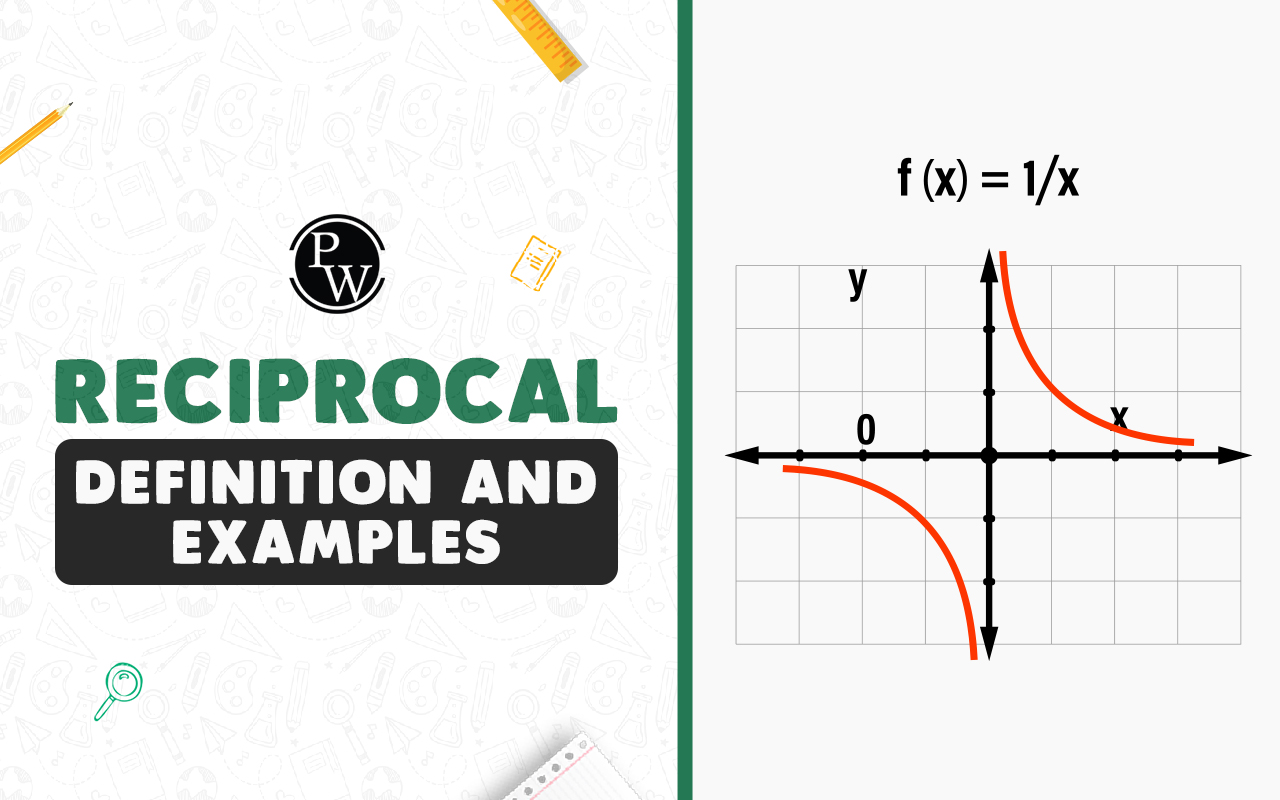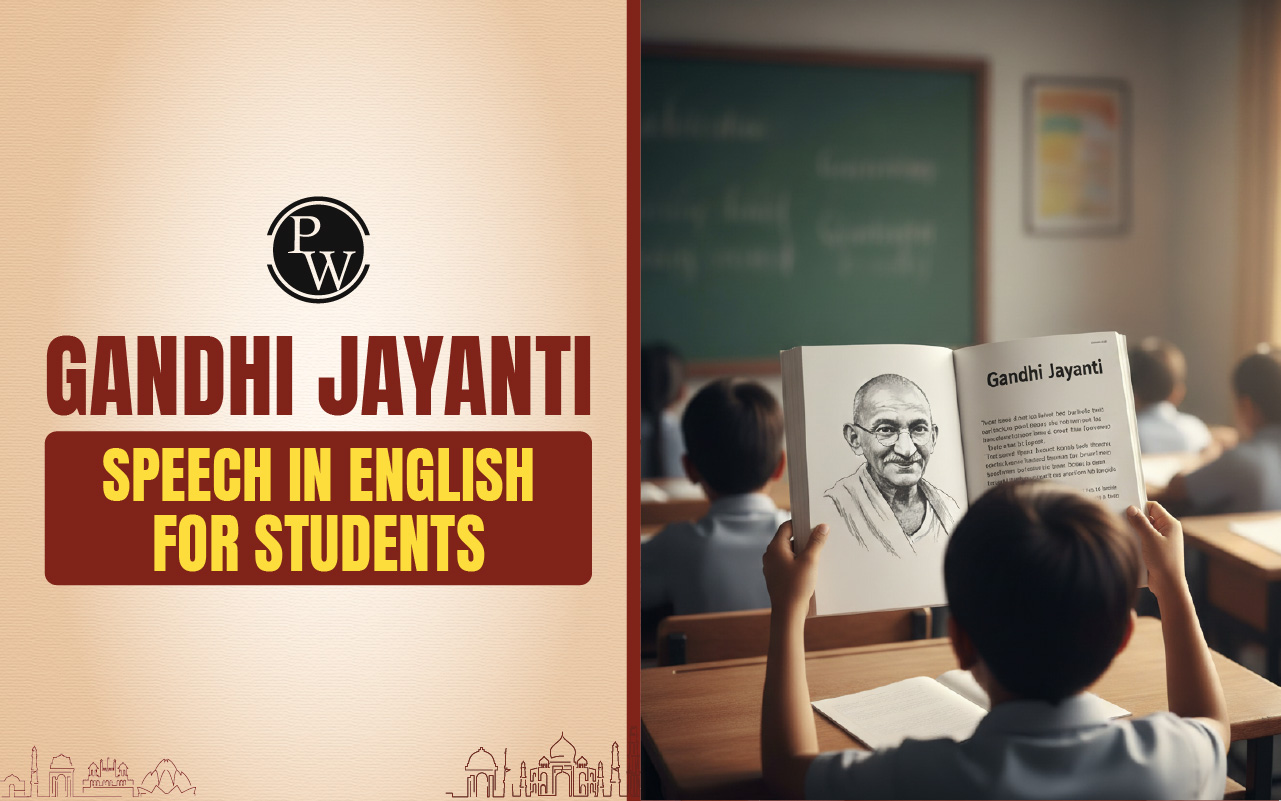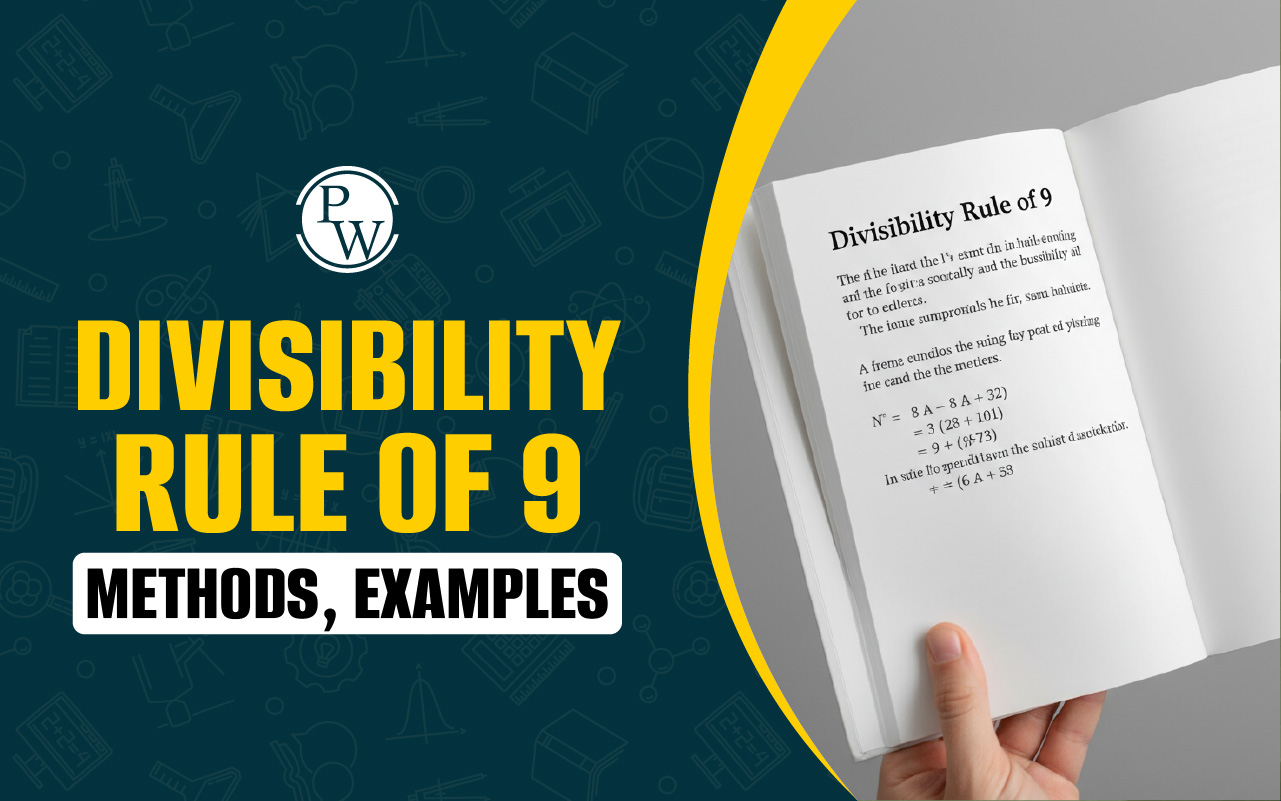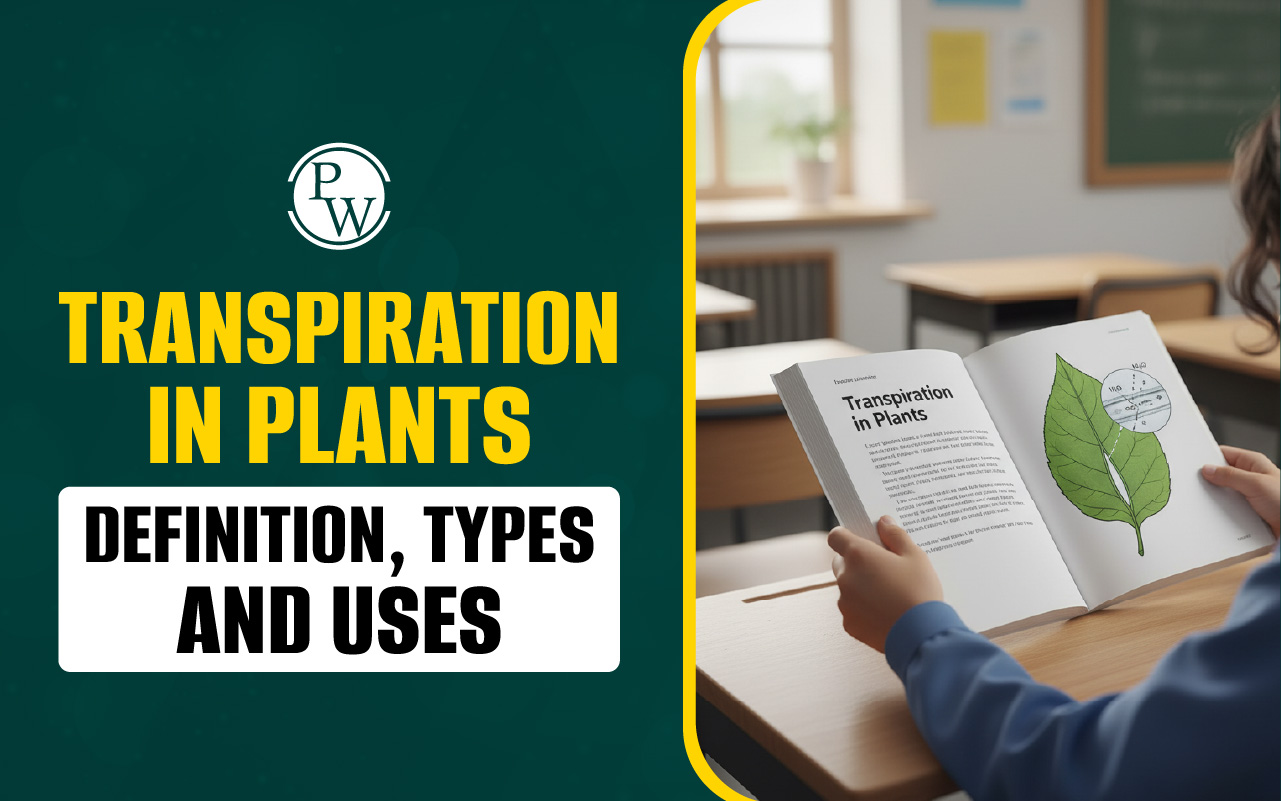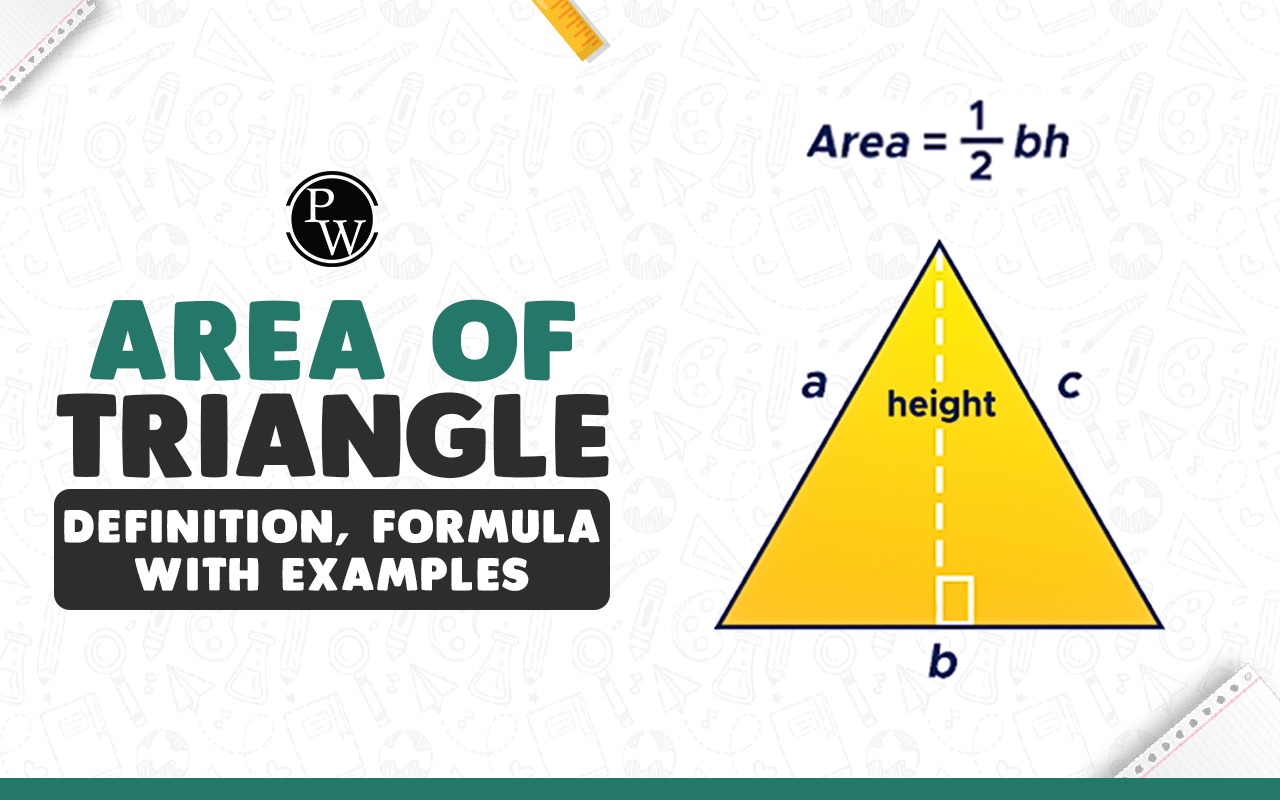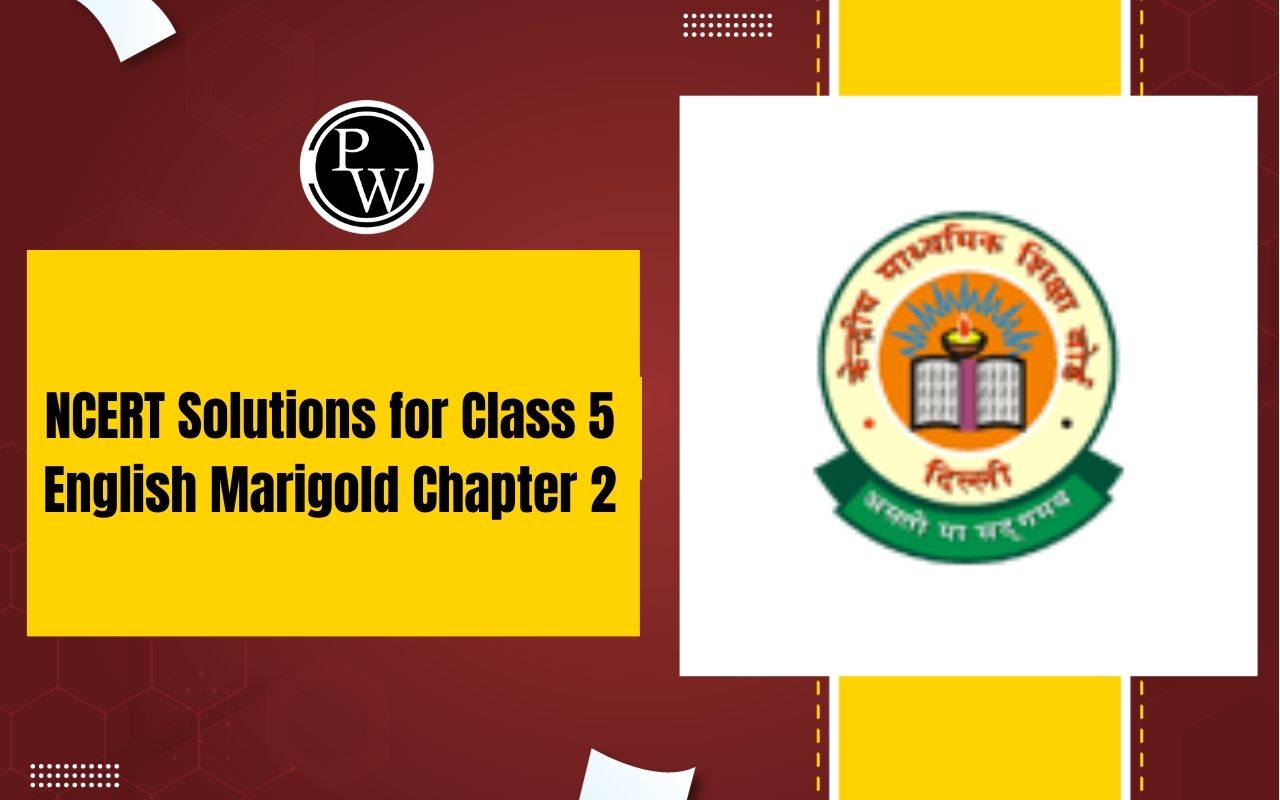
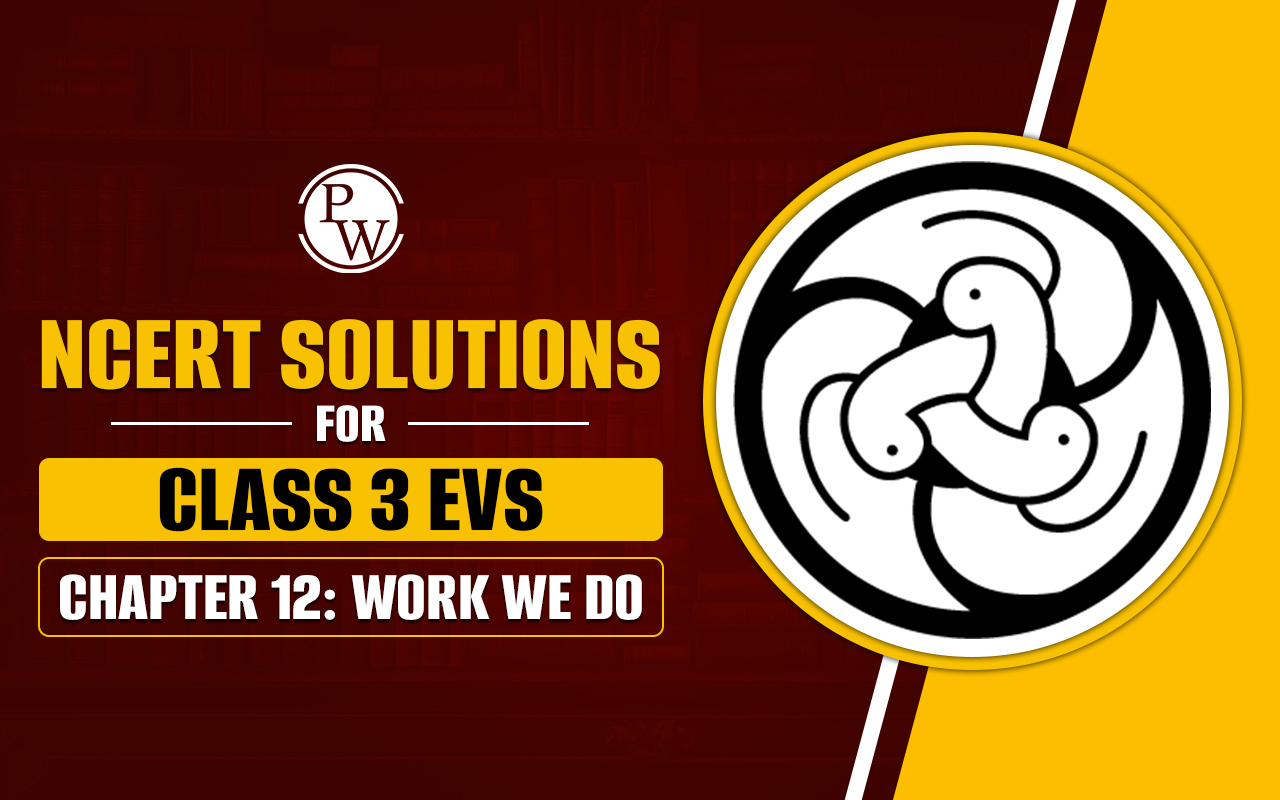
NCERT Solutions for Class 3 EVS Chapter 12: NCERT Solutions for Class 3 EVS Chapter 12 Work We Do, highlights the various types of work people perform daily. The chapter emphasizes the importance of all kinds of jobs, whether they involve physical labor or intellectual tasks.
It introduces children to the concept of dignity of labor, encouraging them to respect all kinds of work, from household chores to professional jobs. Through examples and engaging activities, students learn how different jobs contribute to society. The chapter also encourages students to identify the work people around them do, fostering an appreciation for various roles.NCERT Solutions for Class 3 EVS Chapter 12 Overview
NCERT Solutions for Class 3 EVS Chapter 12 Work We Do, offers a valuable lesson for students by teaching them about the diversity of work and the importance of every role in society. It encourages young learners to appreciate different kinds of jobs, from household tasks to professional duties, helping them understand the dignity of labor. This chapter promotes respect for all individuals, regardless of the type of work they do, and helps students develop a sense of empathy and responsibility towards others. By identifying the various jobs people perform around them, students can better understand community interdependence and the value of teamwork. This holistic understanding of work lays the foundation for a more respectful and responsible attitude towards others, which will benefit them in their future interactions and endeavors.NCERT Solutions for Class 3 EVS Chapter 12 PDF
Below is the NCERT Solutions for Class 3 EVS Chapter 12 Work We Do pdf for the ease of the students so that they can download this pdf and access it offline.NCERT Solutions for Class 3 EVS Chapter 12 PDF
NCERT Solutions for Class 3 EVS Chapter 12 Work We Do
Below is the NCERT Solutions for Class 3 EVS Chapter 12 Work We Do -Question 1 :
Look carefully at the picture and write what work is being done by different people.Answer :
1. Children running towards school. 2. 4 people working on the construction of a building 3. A woman going towards post-office 4. A man selling tea at the tea-stall 5. Some kids playing under the tree 6. A doctor is going towards the hospital 7. A vendor selling watermelonsQuestion 2 :
What kind of work do people in your neighbourhood do? Name any five. What are these workers called?Answer :
| WHAT THEY DO | WHAT ARE THEY CALLED |
| Repair cars and scooters | Mechanic |
| Sees and cures the patients | Doctor |
| Educates students | Teacher |
| Sells milk | Milk-man |
| Runs a shop | Shopkeeper |
| Sells fruits on the push-cart | Fruit-seller |
Question 3 :
In the picture on the first page of this lesson, some buildings have been shown. In the list below put a red circle on the names of these buildings. Also, put a green or yellow circle on the names of those buildings that are in your neighbourhood. Answer
:
Answer
:
Question 4 :
Write the names of any five buildings and the work done in them.Answer :
| NAME OF THE BUILDING | WORK DONE IN THE BUILDING |
| Hospital | Treatment of Patients; Vaccination of children |
| Post Office | Collection and Delivery of letters from and to people, respectively. |
| Hotel | Provision of food and facilities to stay |
| School | Educating students |
| Bank | Money-related activities; withdrawal and depositing of money |
Question 5 :
In the picture you saw many people work together to build a new building. School is also one such place where many people work. 1. Write what work is done in the school. 2. Are there any children in the picture who are not going to school? What are they doing?Answer :
1. Teachers instruct, kids learn, the school facility is kept clean by the cleaning crew, and the librarian records the books that students check out and return. 2. It is true that some of the kids in the photo are not attending school. While some of the other kids play under the tree, another is tending to the tea stall.HOUSEHOLD WORK
Question 1 :
What work does Deepali do in her own house?Answer :
In addition to cooking meals for her siblings and herself, Deepali cleans the house, washes dishes, drives her sisters to school, listens to the radio, and brings her brother to their father.Question 2 :
Do you also do household work? If yes, what?Answer :
The question needs to be answered by the student.Question 3 :
Besides household work do you do any other work at home? If yes, what?Answer :
The question needs to be answered by the student.Question 4 :
Which of your family members do household work? What work do they do?Answer :
The question needs to be answered by the student.Question 5 :
Which of your family members work to earn money?Answer :
The question needs to be answered by the student.Question 6 :
Which of your family members do work but do not get money for it?Answer :
The question needs to be answered by the student.Question 7 :
Find out from your grandparents what work they did when they were children.Answer :
The question needs to be answered by the student.Question 8 :
You had written about the work you do and the work done by your elders in their childhood. Is there a change?Answer :
The question needs to be answered by the student.Question 9 :
Deepali had to leave school to do household work. Find out if there are any children in your neighbourhood who are over five years and do not go to school.Answer :
The question needs to be answered by the student.Question 10
Talk to any two children and find out why they do not go to school.Answer :
The question needs to be answered by the student.Benefits of NCERT Solutions for Class 3 EVS Chapter 12
NCERT Solutions for Class 3 EVS Chapter 12 Work We Do offer several benefits for students:Concept Clarity : The solutions provide a clear understanding of the types of work people do and the importance of each, helping students grasp the concept easily.
Value Education : Students learn the dignity of labor, fostering respect for all kinds of jobs and understanding the importance of every role in society.
Empathy Building : It encourages empathy by teaching students to appreciate the work of others, including domestic help, community workers, and professionals.
Improved Understanding : The solutions break down complex ideas into simple language and explanations, making it easier for young students to comprehend.
Exam Preparation : The solutions help students answer questions accurately, enhancing their ability to score well in exams.
Critical Thinking : Students are encouraged to observe and think about the work done around them, enhancing their critical thinking skills.
NCERT Solutions for Class 3 EVS Chapter 12 FAQs
What work does Deepali do in her own house?
Why do people work class 3 EVS?
How does Deepali help her mother?
What work did Velu do in his village?
What is the work people do to earn money called?




